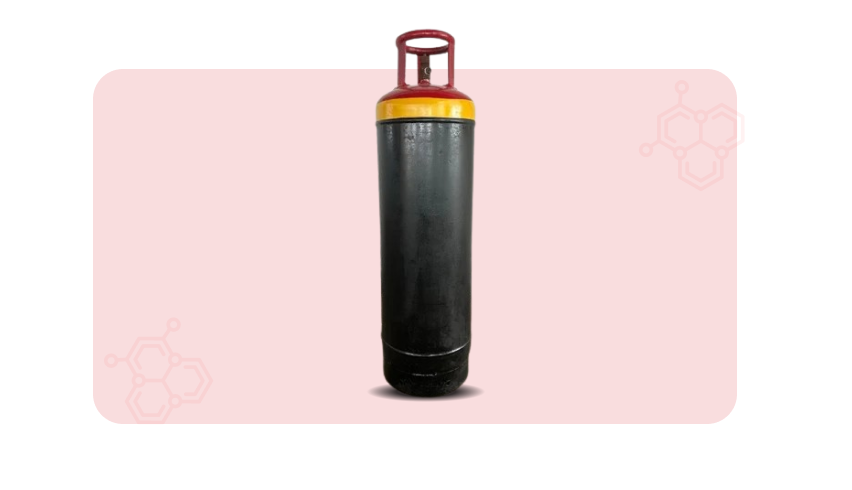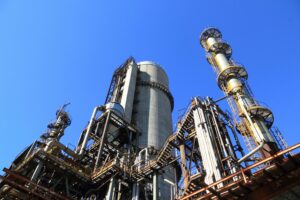
Introduction
Liquid ammonia, also known as anhydrous ammonia, is a colorless gas with a pungent odor that is highly soluble in water. It is widely used in various industrial and agricultural applications due to its high nitrogen content and reactive properties. This blog will delve into the specifications, benefits, usage, safety measures, packaging, prices, and key differences between liquid ammonia and liquor ammonia.
Specifications
Liquid ammonia is typically stored under high pressure in specially designed containers to keep it in a liquid state. Here are the main specifications:
- Chemical Formula: NH₃
- Purity: 99.5% minimum
- Boiling Point: -33.34°C (-28.01°F)
- Density: 0.682 g/cm³ at 25°C
- Solubility in Water: Highly soluble, forming ammonium hydroxide
Benefits
- High Nitrogen Content: Liquid ammonia contains about 82% nitrogen, making it an efficient fertilizer for crops.
- Cost-Effective: It is a cost-effective source of nitrogen for agricultural use.
- Multi-Purpose: Used in various industrial applications, including refrigeration, water treatment, and as a precursor to many chemicals.
Usage
- Agriculture: As a nitrogen fertilizer, it enhances plant growth and increases crop yields.
- Refrigeration: Used as a refrigerant in industrial refrigeration systems.
- Water Treatment: Helps in pH control and water purification processes.
- Chemical Manufacturing: A key ingredient in the production of nitric acid, urea, and other chemicals.
Safety
Handling liquid ammonia requires strict safety measures due to its corrosive and toxic nature. Here are some safety tips:
- Protective Gear: Always wear appropriate protective clothing, including gloves, goggles, and respiratory protection.
- Ventilation: Ensure proper ventilation in areas where ammonia is used or stored.
- Emergency Procedures: Be prepared with emergency procedures in case of accidental release or exposure.
- Storage: Store in approved containers and keep away from heat sources and direct sunlight.
Packaging
Liquid ammonia is typically packaged in:
- Cylinders: For smaller quantities, suitable for laboratory and small-scale industrial use.
- Tonners: Medium-sized containers for industrial applications.
- Tankers: For large-scale transportation and bulk storage.
Prices
The price of liquid ammonia can vary based on factors such as purity, quantity, and market demand. Prices are also subject to change based on global market conditions, production costs, and supply chain factors. For the most accurate and up-to-date pricing, it is advisable to contact suppliers directly.
Key Differences between Liquid Ammonia and Liquor Ammonia
| Aspect | Liquid Ammonia (Anhydrous Ammonia) | Liquor Ammonia (Ammonium Hydroxide) |
| Chemical Formula | NH₃ | NH₄OH |
| State | Gas (stored as liquid under pressure) | Aqueous solution |
| Ammonia Content | 99.5% or higher | Typically 10-30% |
| Appearance | Colorless, pungent odor | Clear, colorless, pungent odor |
| Boiling Point | -33.34°C (-28.01°F) | Depends on water concentration |
| Solubility in Water | Highly soluble | Already in solution |
| Density | 0.682 g/cm³ at 25°C | Varies depending on concentration |
| Uses | Fertilizer, refrigeration, water treatment, chemical manufacturing | Cleaning agent, water treatment, chemical reactions |
| Handling Requirements | Requires specialized equipment and safety gear | Standard protective gear |
| Storage | High-pressure cylinders, tonners, and tankers | Standard chemical containers |
| Transport | Regulated as a hazardous material | Less stringent regulations |
| Cost | Generally higher due to purity and handling requirements | Generally lower |
| Reactivity | Highly reactive, especially with moisture | Less reactive |
| Safety Concerns | High, due to toxicity and corrosiveness | Moderate, mainly skin and eye irritation |
| Application Scale | Large-scale industrial and agricultural | Household, laboratory, and small-scale industrial |
| Odor | Strong, pungent odor | Strong, pungent odor |
Conclusion
Understanding the key differences between liquid ammonia and liquor ammonia is crucial for their proper application and handling. Liquid ammonia, with its higher concentration and stringent handling requirements, is suitable for large-scale industrial and agricultural uses, while liquor ammonia is commonly used in household and laboratory settings. By considering these differences, users can ensure safe and effective utilization of both forms of ammonia.
If you have any further questions or need specific details about liquid ammonia or liquor ammonia, feel free to reach out to us. We’re here to help!







